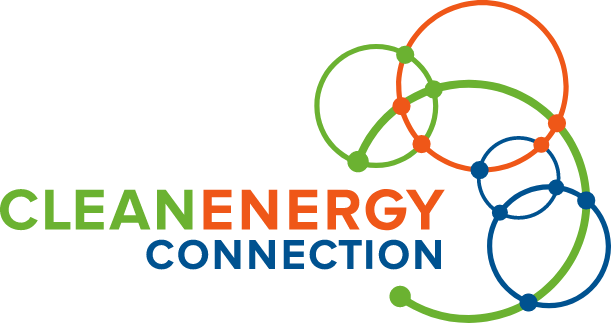California and the United States are greatly invested in making homes in the state and around the country more energy efficient. To spur action and help homeowners make these upgrades, there are different incentives available from a variety of sources, including:
- Federal and state governments
- Local municipalities
- Utilities
- And more
One of the most significant incentives available to California homeowners is the Energy Efficient Home Improvement Tax Credit (also referred to as the 25c tax credit). Passed as part of the Inflation Reduction Act in 2022, the credit provides a tax credit that covers up to 30% of the cost of many energy efficiency upgrades.
What Home Upgrades Qualify for the Energy Efficient Home Improvement Tax Credit?
As the name suggests, this tax credit is for upgrades being made to existing houses—not new construction projects. A wide range of energy efficiency measures qualify for the 30% credit. Broken into two separate categories, the first category has an annual limit of $1,200 and includes the following:
-
Insulation and air sealing ($1,200 individual limit)
-
Energy audits ($150 individual limit)
-
Electrical panel upgrades ($600 individual limit)
-
Energy efficient windows ($500 individual limit)
In the second category, there is a separate $2,000 annual limit (with no individual limits) on the following:
The Tax Credit in Action: A Hypothetical Case Study
The fine print can make things a little complicated, so let’s take a look at a fictional home upgrade so you can see how this tax credit could be used in practice. In one year, a homeowner could claim the following credits:
- $600 for insulation and air sealing materials
- $600 for an electrical panel upgrade
- $2,000 for ducted heat pump installation
That’s a total of $3,200 for a single year. These are annual, not lifetime, limits, so as long as you are not claiming the tax credit for the same upgrade in multiple years, you could make additional upgrades the following year because your limits would reset. For example, in the following year you could claim:
- $500 for energy efficient windows
- $2,000 for a new heat pump water heater
In this scenario, the homeowner saved $5,700 over two years using the Energy Efficient Home Improvement Tax Credit.
How Do Tax Credits Work?
Tax credits are different from rebates. A rebate is usually either an instant deduction from your bill or a check that is issued to you as repayment after qualifying upgrades are made. A tax credit, on the other hand, reduces the amount of taxes you owe.
In the case of the Energy Efficient Home Improvement Tax Credit, you would claim the credit when you file your federal tax return for the year in which you made the upgrades. If you made your upgrades in 2023, you would claim the credit on your 2023 tax return, which most homeowners would file in March or April 2024.
How to Claim the Energy Efficient Home Improvement Tax Credit
To get the Energy Efficient Home Improvement Tax Credit, you will need to keep receipts for all of your upgrades. You (or your accountant) will then fill out IRS Form 5695 along with the rest of your tax return.
*Please note: We are not tax experts here at the Clean Energy Connection! We hope you find this information useful, but we always recommend that you speak to an accountant or tax professional to ensure your taxes are filed correctly.
Tips for Maximizing Your Tax Credit
- Make your upgrades towards the end of the year. This will minimize the amount of time between when you have to pay the contractor and when you can get some money back in the form of a tax credit.
- Bundle incentives. As we mentioned earlier, tax credits aren’t the only incentives out there, and claiming the Energy Efficient Home Improvement Tax Credit doesn’t disqualify you from taking advantage of other rebates. In many instances, you can stack multiple incentives to maximize your savings.
- Work with a qualified contractor. Make sure to work with a qualified contractor who is familiar with the Energy Efficient Home Improvement Tax Credit. They can help you choose the right upgrades and ensure that your project meets all of the requirements for the credit. Our free online directory connects California homeowners with vetted local contractors who specialize in electrification and energy efficiency upgrades, including all of the measures that qualify for the Energy Efficient Home Improvement Tax Credit.
Claim up to 30% off home improvement upgrades with federal tax credits and make your home electrification project more affordable. Find a verified contractor who can offer these rebates below!


